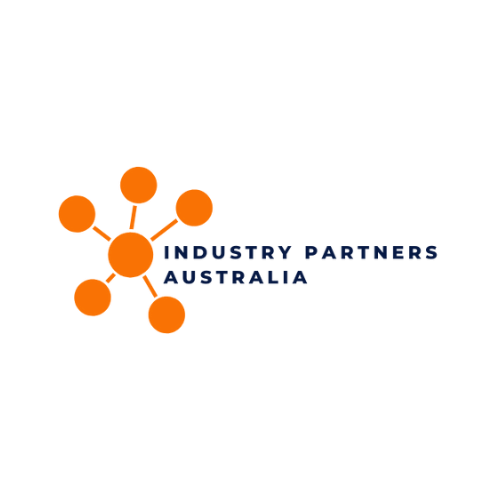Balancing Inclusion Without Overreach
In today’s Australian manufacturing environment, workplaces are increasingly prioritising inclusion, diversity, and respect. Words like “inclusive” and “woke” are frequently bandied around boardrooms, safety meetings, and HR policy documents—but what do they really mean for large-scale industrial operations? And perhaps more importantly, when does striving to be inclusive cross a line that makes teams uncomfortable or hampers productivity?
Understanding the Difference: Inclusive vs “Woke”
Inclusion is about creating an environment where every team member feels respected, valued, and able to contribute their best work. It means fair recruitment, equal opportunities for training and advancement, and genuine recognition of different perspectives.
“Woke” culture, as it’s sometimes referred to, often carries a more performative or reactive connotation. It may focus on language policing, extreme sensitivity, or symbolic gestures rather than practical solutions that genuinely benefit the workforce.
In a manufacturing setting, this can look like:
-
Positive Inclusion: Adjusting shift schedules to accommodate religious holidays or caring responsibilities.
-
Going Too Far: Rewriting standard safety instructions because certain words might theoretically offend someone, creating unnecessary confusion on the floor.
Why This Matters in Manufacturing
Large manufacturing plants rely on clear communication, teamwork, and efficiency. Misunderstandings or over-corrections can lead to mistakes, slowdowns, or even safety risks. While fostering respect is crucial, a workplace dominated by fear of offending can be just as harmful as one dominated by exclusion.
Practical Tips for Navigating the Balance
-
Focus on Core Values: Keep safety, respect, and fairness at the heart of all policies. Inclusion should support these values, not complicate them.
-
Listen to Your Team: Conduct anonymous surveys or hold team forums to understand how employees feel. Often, the workforce can tell you where the line should be drawn better than external consultants.
-
Educate, Don’t Police: Training should build understanding, not fear. Encourage conversations around differences instead of issuing rigid rules about “acceptable” speech.
-
Lead by Example: Managers and supervisors set the tone. Demonstrating inclusive behaviour consistently is more impactful than endless memos.
-
Keep It Practical: Every initiative should have a tangible workplace benefit—safer procedures, more efficient teamwork, or better employee morale.
Finding the Sweet Spot
Inclusion is about balance—recognising differences, valuing input, and maintaining safety and efficiency. “Woke” overreach tends to prioritise optics over outcomes, creating tension rather than cohesion. In manufacturing, the best results come from fostering respect in practical, grounded ways that keep teams working together safely and effectively.
Ultimately, an inclusive workplace is a productive and happy one. Overdoing it only creates confusion, frustration, and sometimes even resentment. The challenge for Australian manufacturers is simple: care, respect, and listen—without losing sight of the job at hand.
How has your team navigated inclusion initiatives on the floor? Have there been instances where good intentions backfired?
.png?width=190&name=IPA%20Logo%20Transparent%20(Hi-Res).png)





